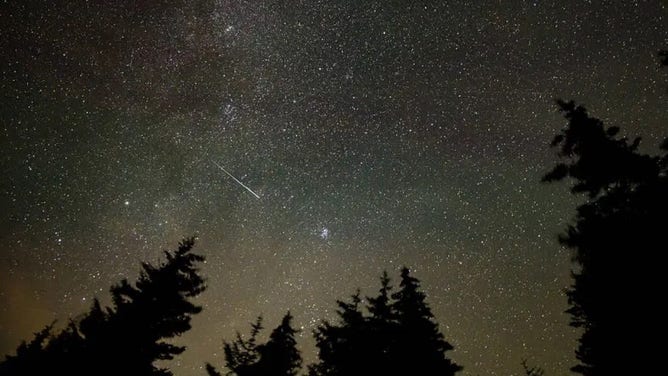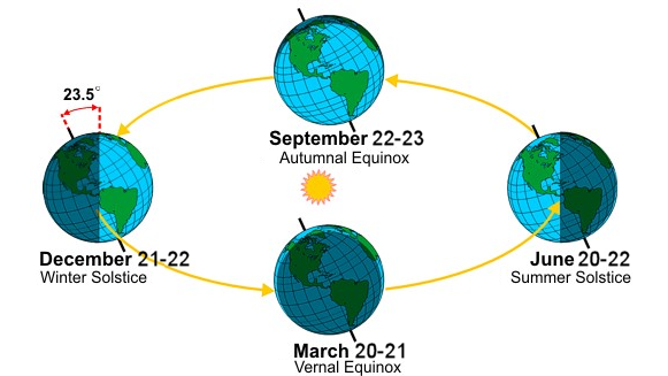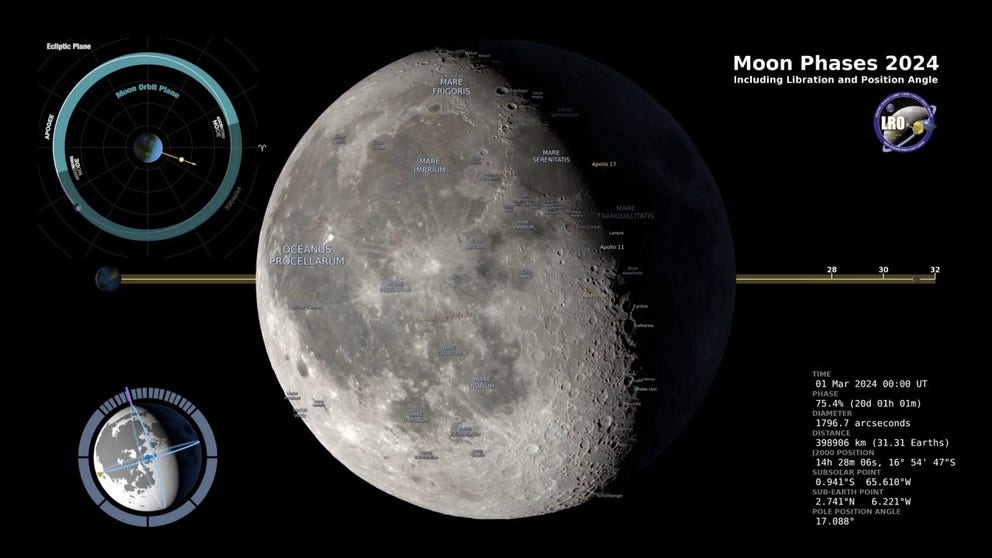Watch out for these astronomical events in August
August, the final full month of summer, is known for the Perseid meteor shower, one of the better skywatching events of the year.
2024 Moon phases for the Northern Hemisphere
NASA produced rendering of the Moon's phases during 2024.
The final month of meteorological summer offers plenty to consider when planning which astronomical events to observe in the night sky.
August is a fairly popular month to go skygazing since schools are still in summer session and overnight temperatures are warm enough to avoid needing a sweater or a coat.
From the full Sturgeon Moon to meteors zipping past Earth, here are several celestial shows to look out for in August.
Aug. 4: New Moon
The Sun and the Moon will align during the first week of August, meaning Earth’s only natural satellite will appear dark during the new Moon stage.
Only the side of the Moon facing the Sun will be illuminated, limiting lighting that would otherwise be a hindrance to skywatchers trying to get a glimpse of planets.
A term used to describe the event is "syzygy" which comes from the Greek word "syzygia," meaning conjunction during an alignment.
Because a complete lunar cycle lasts 29.5 days, in just over two weeks, the Moon’s phase will be full.
SEE THE OBJECTS HUMANS LEFT BEHIND ON THE MOON

As the bright parts of the Moon appear to change shape during the month, each stage of the change is called a phase, and each phase carries its own name. (Image: NASA/Bill Dunford)
(NASA)
Aug. 12-13: Perseid meteor shower peak
One of the more anticipated meteor showers of the year became active in mid-July and lasts through late August.
The peak of activity is expected to be on the night of Aug. 12 and the morning of Aug. 13.
Debris left over by the Comet Swift-Tuttle is capable of producing up to 100 meteors per hour, making the Perseid meteor shower one of the best meteor showers of the year.
In North America, viewing can start as early as 10 p.m. and last through the pre-dawn hours.
NASA said fireballs, which are bright and large meteors, tend to be bountiful during the Perseids.

Perseid meteor shower on Wednesday, Aug. 11, 2021, in Spruce Knob, West Virginia.
WEATHER WATCHERS NEEDED TO LOCATE CLOUDS ON MARS
Aug. 19: Full Sturgeon Moon
North America’s largest freshwater fish is the white sturgeon, and the species even has a Moon named after it.
The eighth full Moon of the year will reach its peak brightness at 2:25 p.m. EDT, meaning North America will have to wait several hours until the Sun sets and the Moon rises to see it in all its glory.
The event is widely known as the Sturgeon Moon because fish in the Great Lakes and other regions of North America are more easily caught before the end of summer.
August’s full Moon is one of four Supermoons and will appear brighter and larger than an average Moon.
Supermoons occur a few times a year when the Moon reaches its closest point to Earth in its orbit, known as perigee. During this event, the Moon will be less than 230,000 miles away from Earth. Due to the increased gravitational pull from Earth’s only natural satellite, higher-than-normal tides, often called King Tides, will be experienced, potentially leading to nuisance flooding in coastal communities.
In addition to being the full Sturgeon Moon and a Supermoon, it is also known as a seasonal Blue Moon.
A Blue Moon is the third full Moon in an astronomical season that has four full Moons.
Since astronomical summer began on June 20, the Strawberry Moon, Buck Moon, Sturgeon Moon, and Harvest Moon will all occur before the Autumn Equinox on Sept. 22. Seeing four full Moons during a summer season only happens about once every two to three years.
The origin of the name "Blue Moon" appears to be rather murky, with no clear traceable source for the term. The Moon does not actually turn blue, and the occurrence of a Blue Moon is relatively common, contrary to the expression "once in a blue moon," which signifies rarity.

The Earth's orbit around the sun gives our planet its four seasons.
(NOAA)
During the month, you may also see viral posts about a variety of occultations, comets and other jaw-dropping occurrences, but remember to always get the opinion of an expert astronomer so you don’t waste your time.
NASA skywatching resources can be found at https://nightsky.jpl.nasa.gov.
